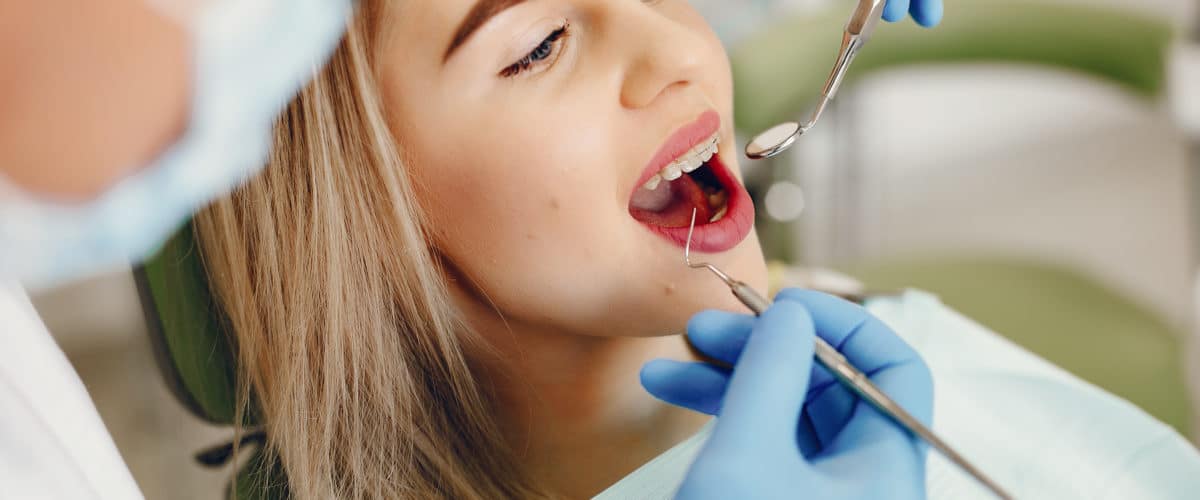There’s plenty of causes and effects on your teeth from certain foods or drinks, but some pose a visible threat regarding your smile. With this being said, we’re going to look at dental erosion and its effect on your smile.
What’s Dental Erosion?
Dental erosion (also referred to as acid erosion) is a form visible of tooth wear. It’s known as an irreversible loss of a tooth’s structure, which are caused by acids that do not have a bacterial origin. For children, it’s a very common – and chronic – disease between the ages of five and seventeen. Erosion is normally found in the tooth enamel and can proceed to the dentin if left untreated.
Since it’s caused by acidic drinks, here’s a few to look out for to avoid the chances of dental erosion:
- Soft Drinks
- Fruit Drinks
- Fruit Juices (citric acid)
- Carbonated Drinks (which utilize phosphoric and citric acid)
- Wine (if it has a pH of 3.0-3.8)
Other sources that can cause dental erosion – that don’t involve drinking – are exposure to chlorine water and the regurgitation of gastric acids (vomiting).
Signs of Dental Erosion
The signs of dental erosion include:
- Visibly: Yellow-ish tint or transparency, large gaps and rounded concavity.
- Sensitivity: Teeth very sensitive to hot or cold foods, teeth cracking and becoming coarse over time
Dental Erosion Prevention
As the warning signs of dental erosion are pretty serious, there’s still hope for the future. Such ways to prevent – or manage – dental erosion are:
- Avoiding sweet or acidy foods.
- Rinsing after drinking or eating.
- Using straws for drinking.
- Drinking milk regularly.
- Changing the lifestyle to avoid the beverage or food.
Following these dental precautions as a way to avoid dental erosion are very important… as they allow one to maintain a healthy smile. Staying away from sweets and monitoring your citric acid intake will not only keep your teeth looking great, but keep you eating healthy in the process.




